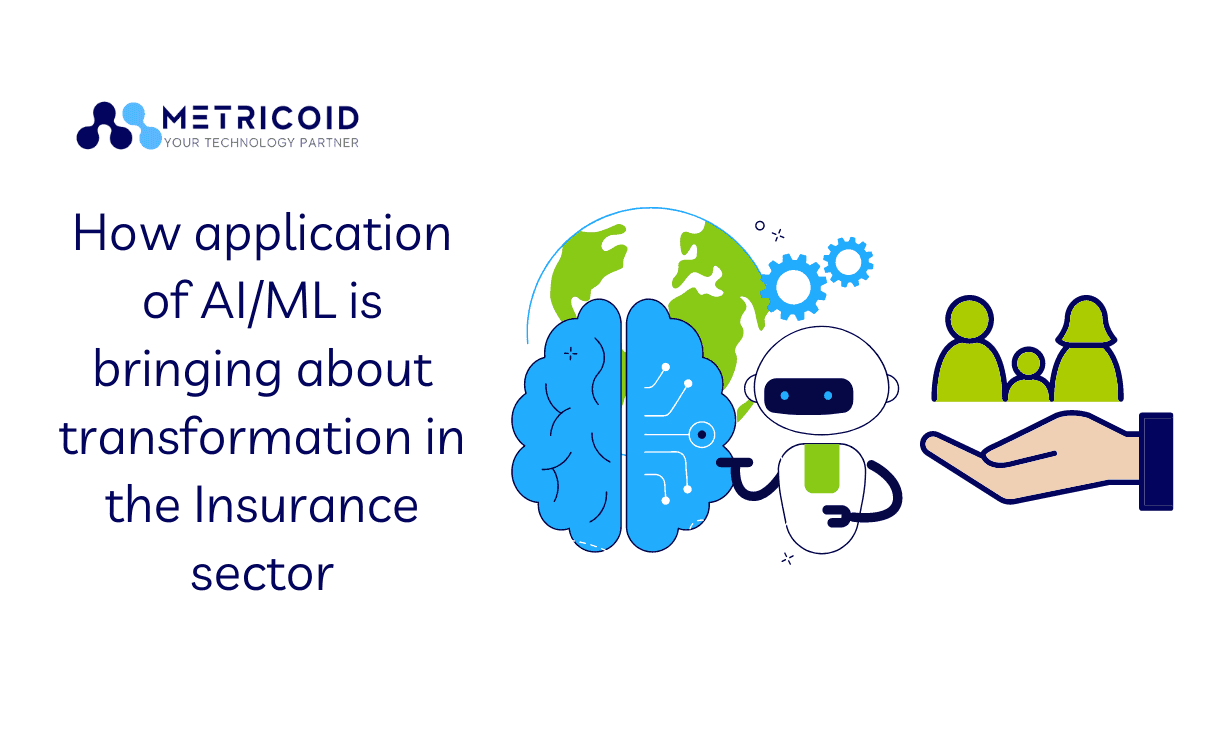How Application of A/ML is bringing about transformation in the insurance sector
Share This Post

How Application of A/ML is bringing about transformation in the insurance sector
Insurance companies these days have started adapting themselves to newer and emerging technological innovations. Conventional approaches are getting replaced by new and efficient automated processes that not only make things easier for the insurance companies but also make the lives of consumers much better and hassle free. Below are some of the key transformations that can be noticed at present in most of the companies and expected to be more dominant throughout the sector in the coming future.
Distribution and Pricing
The experience and process of purchasing an insurance product has become much easier with the advent of technology and the involvement of the insurer and the customer is reducing day by day. AI/ML algorithms these days can create risk profiles so that turn around time for making a purchase of an Auto, life or commercial policy is reduced to a few minutes. In few of the sectors, quotes are released instantly using predictive models and soon we can expect them to issue policies also immediately once the customer provides the required information. In the life insurance segment, most of the AI/ML based price calculators are restricted to individuals with good health and as the technology gets stronger, identification of risk can be done in much sophisticated way and instant issue products will be more prevalent than ever. Similar development can be seen in the commercial insurance segment where purchase is expedited with the usage of IoT, drones and other equipment that provide significant useful data helping the AI based models to generate instant quotes and reducing the purchase time.
Claims
Conventionally, the insurance providers for automobiles process the accident claims and offer several plans to cover the damage cost to the vehicle. The process begins with the service center sharing the estimate of the vehicle repair and the same is shared by the automobile owner or the user to the insurance provider which then sends a surveyor to inspect the real damage to the vehicle and if the estimate meets the actual work to be done on the vehicle. With the advent of AI/ML, all the manual work is getting automated and simply with the help of processing pictures and images, estimation of cost and further steps are accomplished through predictive models.
In order to predict the cost of the damage to the vehicle components and to process the claim for the same, there needs to be a model. Creating the model and training it is necessary. Metadata models and visual models are being used in estimation of the repairs and in cost prediction respectively. To improve accuracy, images are captured in different perspectives and are verified by multi instance learning. This method helps in improving the accuracy. Similar models are created in other sectors as well using existing data and risk prediction beforehand and price estimation after damage is done is executed through the models after a lot of training.
To improve accuracy of the models and to train them efficiently, we need an extensive data set and to source the data, drones, IoT and connected devices are being used extensively. For testing and validating we can have separate data sets.
How insurers can prepare themselves to stay updated with the emerging trends:
▶ Upgradation of existing technology to fit in the emerging AI/ML tech and ensure that the team is trained to handle the updates.
▶ Prepare a strategic plan to face the challenges in the path ahead and bring in necessary modifications to the existing business strategies and become more adaptable.
▶ Work on incorporating more and more connected ecosystems such as drones, devices and gadgets which enable data capturing on a real time basis and assist the software’s to deliver as per needs.
Share This Post
Subscribe to newsletter
Subscribe to receive the latest blog posts to your inbox every week.
By subscribing you agree to with our Privacy Policy.


